MYTHOLOGICAL PAINTING

The art of the mythological genre originates in ancient times.

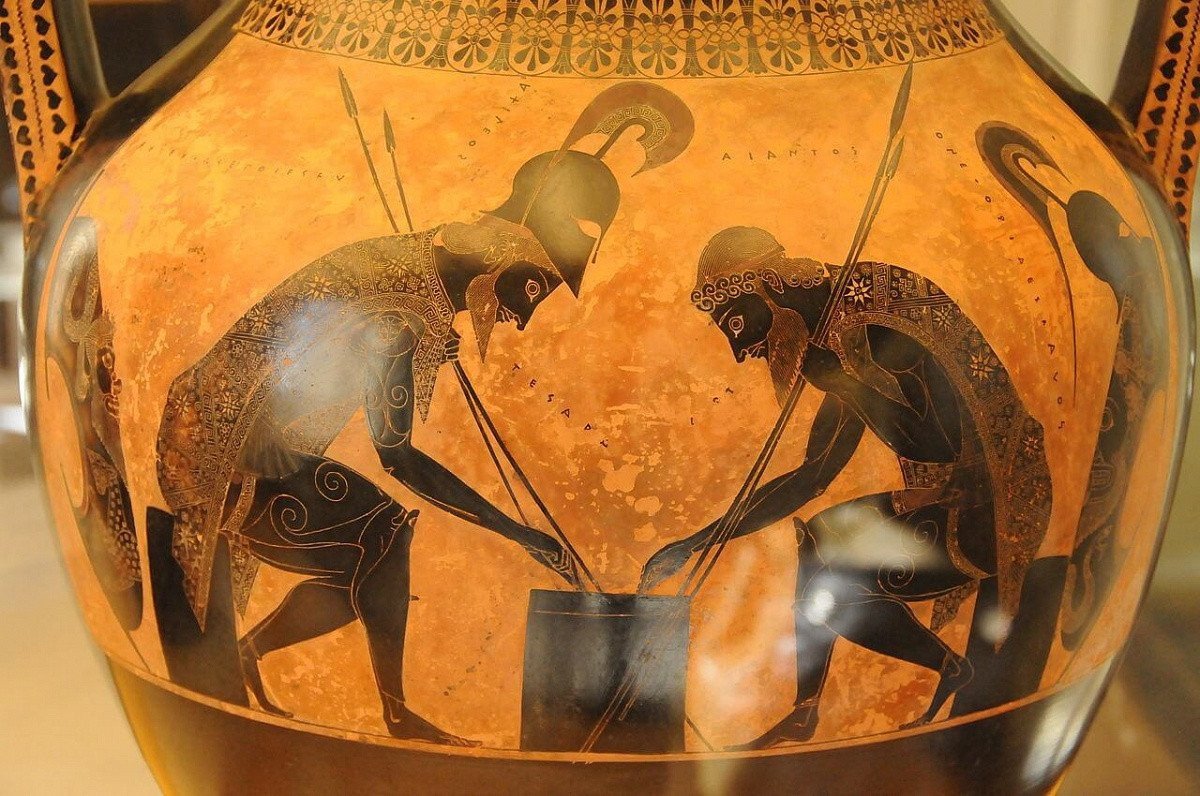
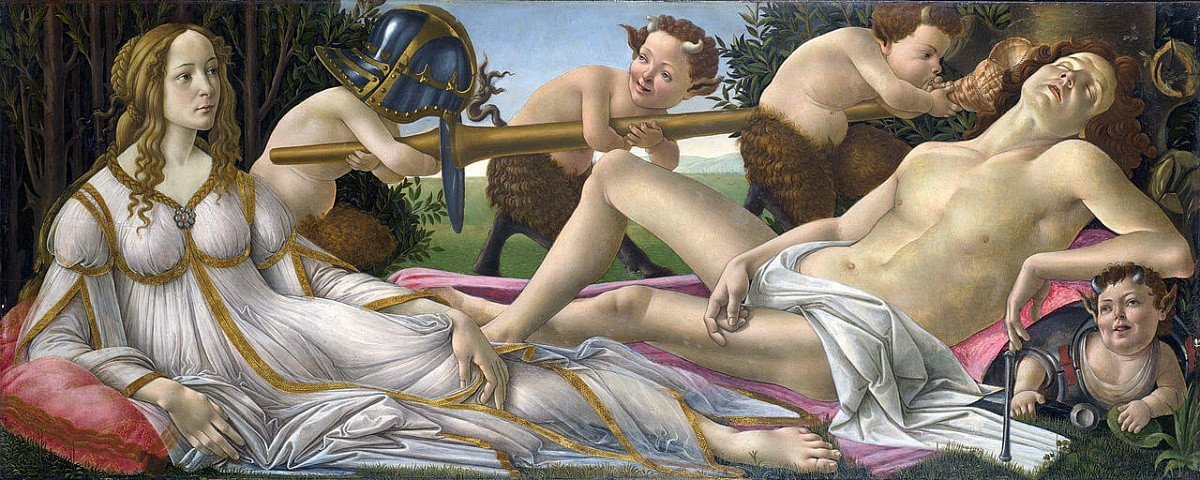
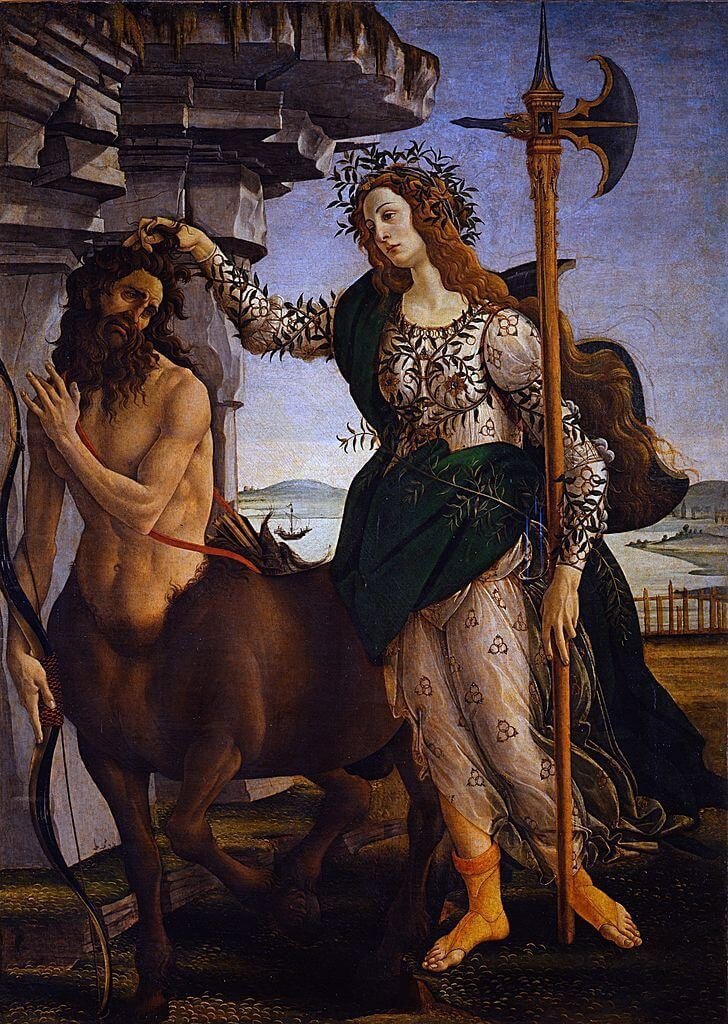
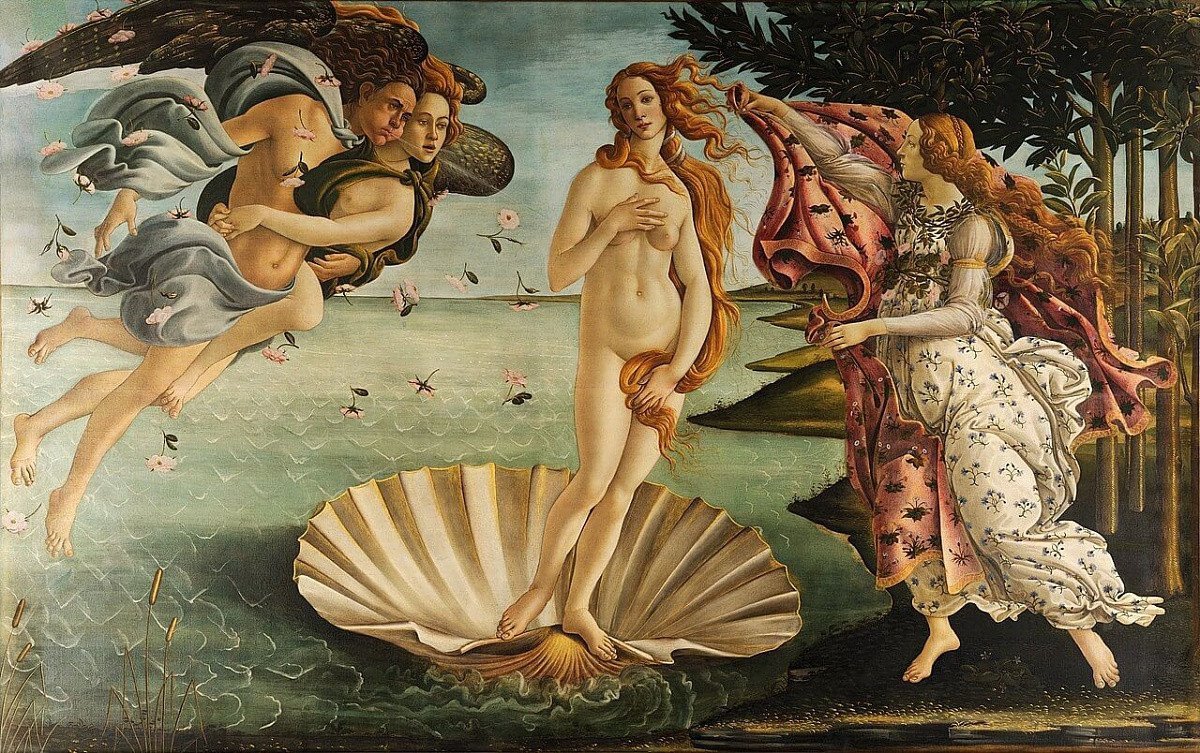
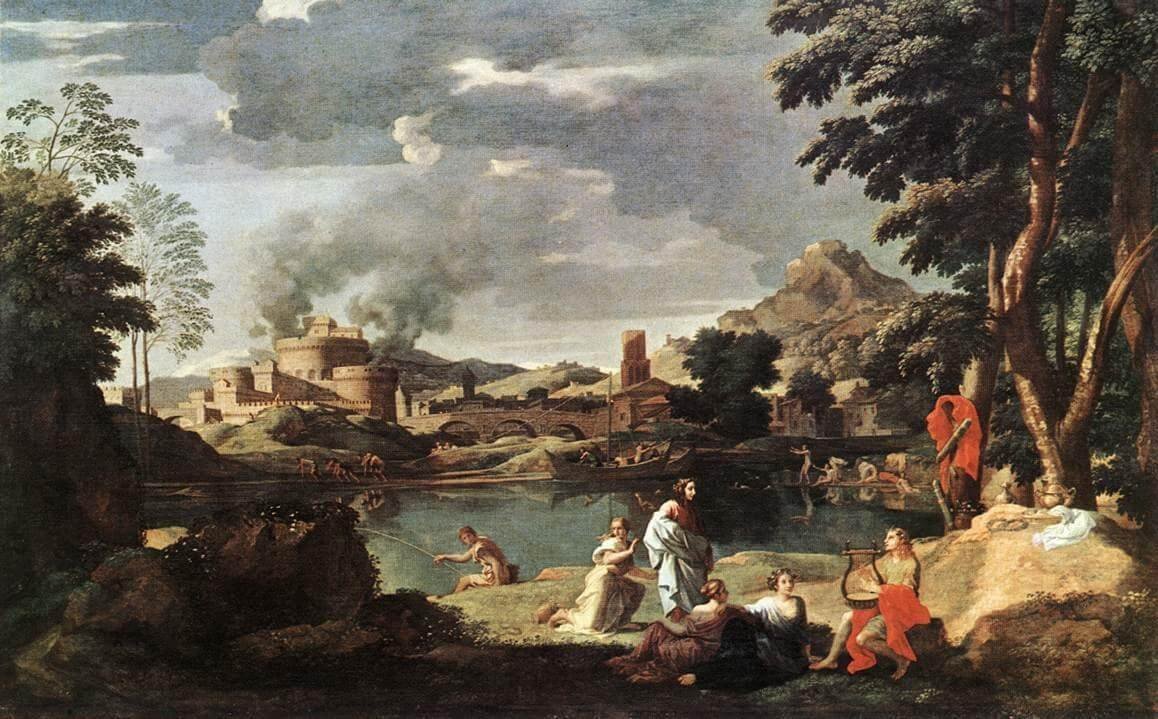
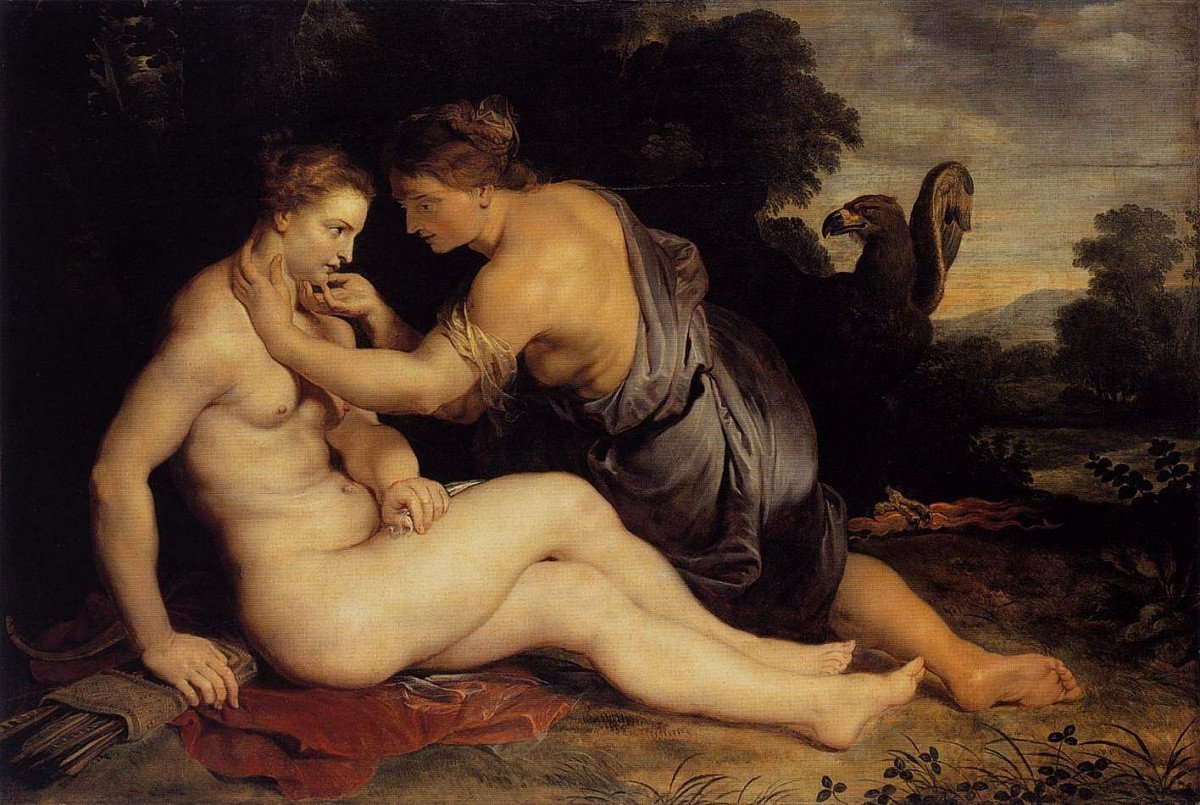
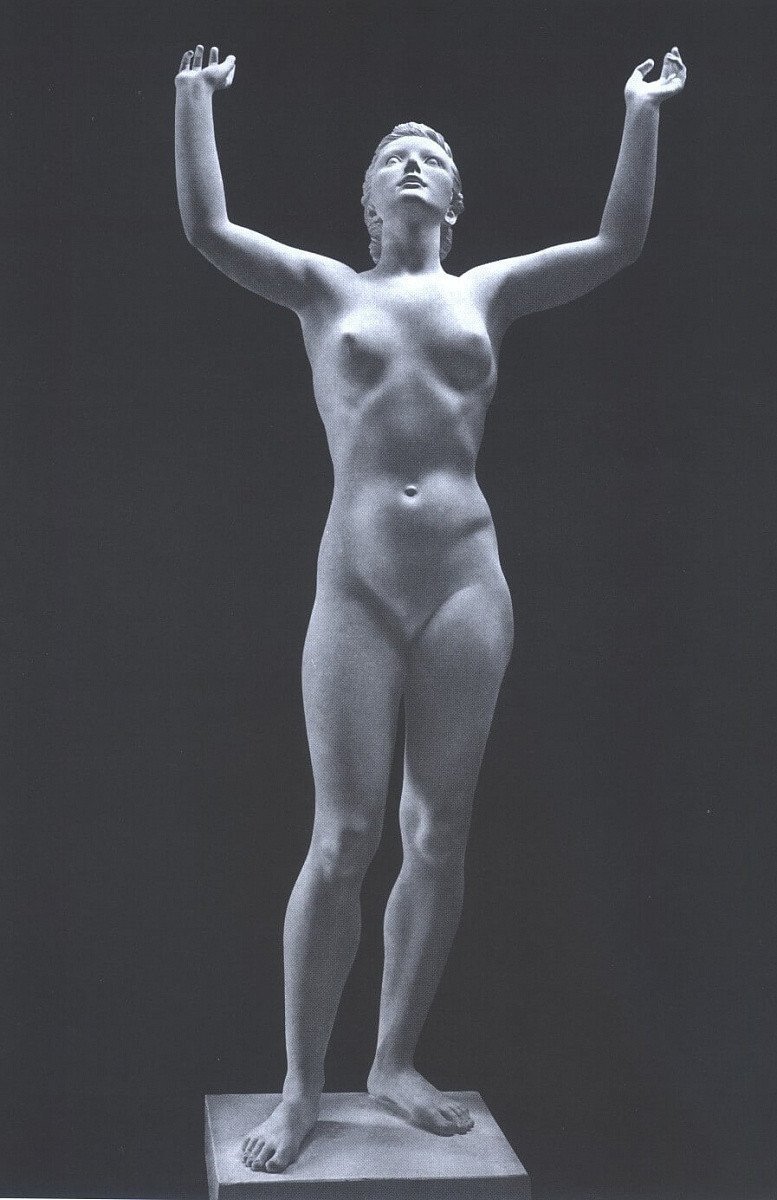
Even the ancient Greeks loved to create visual images immortalizing legendary heroes and mythological characters. This was favored by the developed mythological tradition of this country.
In their mythological painting, the ancient Greeks recalled the labors of Hercules, praised the battles with warlike Amazons, fantastic centaurs, and Homer’s poems were one of the sources of inspiration for the masters of the genre.
These images were applied to seemingly completely prosaic surfaces: dishes, vases and amphorae. And utilitarian objects became works of art. One of the most famous masters who performed such transformations was an artist named Exekias. He painted on ceramics, creating works of art on mythological themes. The potter, who produced and painted vases in the 6th century BC, imprinted ancient Greek mythology on them.
For example, in his work The Suicide of Ajax vase, he depicted the finale of the life path of a warrior participating in the Trojan War, and left another image of Ajax on the no less famous mural of the fantastic genre Achilles and Ajax playing a board game between battles. The second hero of this work, Achilles, is also a figure in many Greek myths and the hero of the Trojan War, and cousin of Ajax. In addition to these works, Exekias created many works on the plots of ancient myths. He reproduced scenes from the life of the heroes of the legends and myths of ancient Hellas - Achilles, Helen of Troy, and Hercules.

Exekias, The Suicide of Ajax, 6th century BC.

Exekias, Achilles and Ajax playing a board game between battles, 6th century BC.
Renaissance artists, after many centuries, brought back to life the ancient art and its achievements. Sandro Botticelli, Renaissance artist, at the turn of the 15th and 16th centuries created many works in the genre of mythological art.
His famous painting is The Birth of Venus; in it, Botticelli recalled the myth of Venus, born from sea foam. His other well-known work in this genre is Pallas and the Centaur, in which Botticelli showed himself as an excellent landscape painter. His painting on the mythological plot Venus and Mars is imbued with lyricism, in which these deities in love with each other are depicted in the company of little satyrs.

Sandro Botticelli, Venus and Mars, c. 1485.

Sandro Botticelli, Pallas and the Centaur, 1482-1483.

Sandro Botticelli, The Birth of Venus, 1484-1485.
Giorgione, who painted at the turn of the 15-16 centuries, a painter from Venice, draws the end line to his painting career with the work Sleeping Venus, emphasizing the harmony of human life in the bosom of nature.
One of the main in the work of the outstanding artist from France of the 17th century, Nicolas Poussin, was the mythological genre. Based on the ancient Roman poet Ovid’s poem Metamorphoses, in which the author retells ancient Greek myths, Poussin created the painting The Empire of Flora. Among the characters of his mythological paintings are Aeneas, the hero of the Trojan War, about whom the ancient Roman poet Virgil wrote; Cyclops Polyphemus, whose tricks were described by the ancient Greek playwright Euripides and the most famous poet of Ancient Greece, Homer; couple in love Orpheus and Eurydice.
Peter Paul Rubens, Flemish artist of the 17th century, author of works of the mythological genre, who painted such heroes as Perseus and Andromeda, Jupiter and Callisto, and goddesses who symbolized fun - Charites.

Nicolas Poussin, Landscape with Orpheus and Eurydice, c. 1650.

Peter Paul Rubens, Jupiter and Callisto, c. 1613.

Arno Breker, Eos, 1939.
In the twentieth century, the art of the mythological genre has undergone a very unfortunate metamorphosis. If earlier the works of painters on mythological themes served to delight the eyes of connoisseurs of beauty, then in the past formidable century, the traditions of ancient times were put at the service of ideology.
The German sculptor Arno Breker is known for his sculptures on mythological themes created in 1930-40. In 1937, he became the author of Prometheus, a statue installed in the courtyard of the office of the Ministry of Propaganda of Nazi Germany. In that year, this sculptor was accepted into the ranks of the NSDAP party.
The protagonists of Breker’s works were such famous heroes of myths as Dionysus and Daphne, Orpheus and Eurydice, Flora, Psyche. Some of his works after the war ended up in the waters of Döllnsee lake, from where they were extracted by scuba divers only in 1990. This fate befell the statue of Eos, the goddess of dawn among the ancient Greeks. No less famous works of this master Charites and Schreitende were also recovered there.
Arno Breker’s talent was also appreciated in the USSR, where in 1940 Stalin invited him to work. However, the outbreak of war left no room for such cooperation.
Artists of the 21st century also create works on mythological themes, which can be bought at the online Jose Art Gallery.




















